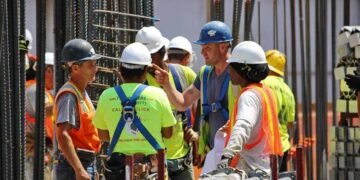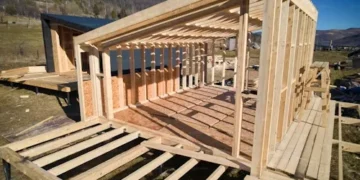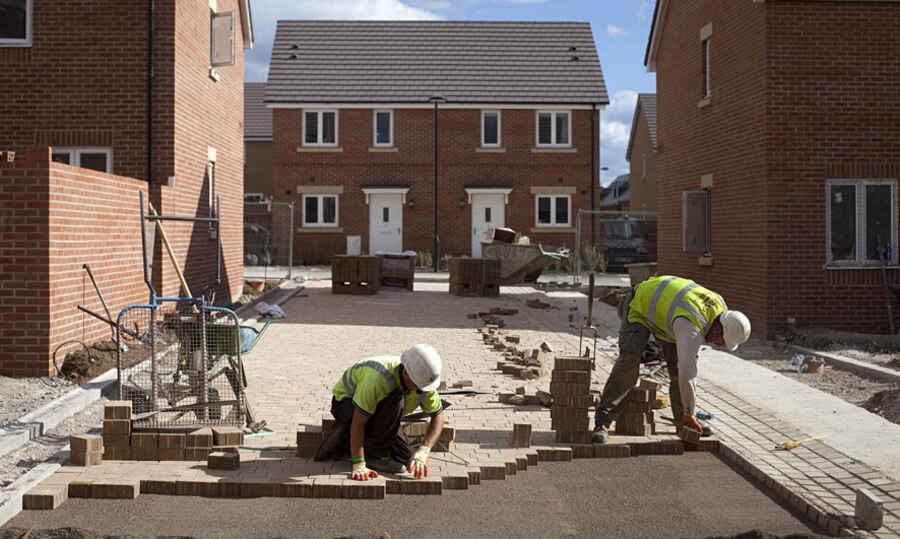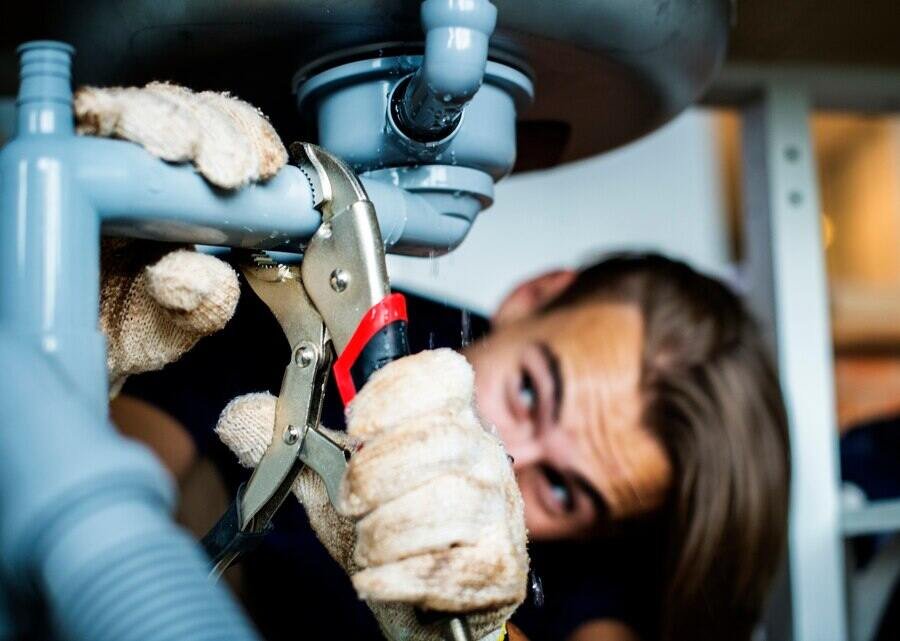Concrete Radar, often referred to as Ground Penetrating Radar (GPR), has revolutionised the construction industry. It is a non-destructive method that allows for the safe and efficient scanning of concrete structures, providing invaluable data about what lies beneath the surface.
The Technology Behind Concrete Radar
The technology behind concrete radar, also known as Ground Penetrating Radar (GPR), is a highly sophisticated method for assessing structural integrity. GPR sends a precise and focused pulse of radar energy into a material, recording the strength and time required for the return of any reflected signals. By carefully analysing this data, engineers and experts can unveil intricate details about the internal structure of concrete, gaining valuable insights into its composition and potential weaknesses. This advanced technique plays a vital role in ensuring the durability and safety of concrete structures in various industries, from construction to infrastructure maintenance.
The Applications of Concrete Radar
Concrete Radar, a highly versatile technology, finds extensive application in the construction industry. It’s primary purpose is to accurately locate and identify various elements within concrete structures such as reinforcing steel, conduits, post-tension cables, and even voids. Moreover, Concrete Radar also provides the capability to measure the thickness of concrete slabs, allowing for precise analysis and assessment. Additionally, this innovative technology aids in the detection of any potential deterioration within the concrete, offering invaluable insights for maintenance and preservation purposes.
Who Requires Concrete Radar?
A diverse range of professionals and industries rely heavily on Concrete Radar technology. Civil engineers and construction professionals utilise it for assessing the integrity of structures and for planning renovation or expansion projects. Surveyors use it for mapping sub-surface utilities and other hidden features, ensuring site safety and reducing the risk of disruption. Architects and designers employ it to gain an understanding of the condition and layout of existing structures, informing their designs and decision-making. In the realm of infrastructure, it serves as an essential tool for those responsible for the maintenance and security of bridges, tunnels, and similar structures. For building inspectors, it provides an invaluable non-destructive testing method for quality control and regulatory compliance. Thus, Concrete Radar is a crucial tool for anyone involved in constructing, maintaining, evaluating, or modifying built environments.
Benefits of Using Concrete Radar
Concrete radar is a state-of-the-art technology that offers non-destructive and thorough examination of various structures. With its cutting-edge capabilities, this advanced technology enables safe and efficient inspection of walls, floors, bridges, tunnels, and other crucial components. By providing detailed analysis, it helps identify potential issues and allows for proactive measures to be taken.
The advantages of using Concrete Radar are manifold, and far extend beyond the construction and engineering industries. One of the primary benefits is its non-invasive nature. Traditional methods of examining concrete often involve drilling or other invasive techniques which can potentially damage the structure. However, Concrete Radar effectively eliminates this risk, as it provides a thorough analysis without the need for any physical alteration to the structure being examined.
Furthermore, Concrete Radar significantly enhances the safety of construction and renovation projects. By accurately identifying the location of embedded objects such as metal bars, wires, post-tension cables, and even voids within the concrete, the risk of damage or injury during drilling and cutting processes is greatly reduced.
Additionally, Concrete Radar is highly efficient, capable of scanning large areas in a relatively short amount of time. This feature is particularly beneficial in the early stages of project planning, as it allows for rapid assessment and can expedite decision-making processes.
Lastly, the use of Concrete Radar leads to more accurate cost estimates for construction and renovation projects. By providing a clear understanding of the structure’s condition and revealing any potential issues early on, unexpected costs and delays can be avoided. Hence, Concrete Radar is a valuable tool that contributes not only to structural safety and integrity but also to the financial viability of projects.
Challenges and Limitations
While concrete radar is an invaluable tool in non-destructive testing, it does have limitations that are worth considering. For instance, it may be less effective in scanning very thick concrete structures or in areas with a high concentration of reinforcing materials, where the signals can be attenuated or scattered. Moreover, the interpretation of GPR (Ground Penetrating Radar) data requires a certain level of expertise, as the signals can be complex and challenging to read and understand accurately. Therefore, it is crucial to have skilled professionals who can analyse and interpret the data accurately to ensure reliable results in concrete inspection and assessment.
Choosing the Right Concrete Radar Equipment
When it comes to selecting the appropriate concrete radar equipment, careful consideration is paramount. Several factors need to be taken into account, such as the desired depth of penetration, the level of detail necessary in the imaging, and, of course, the overall budget for the project. Moreover, it is crucial to ensure that any equipment chosen complies with the specific safety regulations enforced in the local area. By paying attention to these key elements, you can make an informed decision and ensure the success of your concrete scanning project.
Finding a Professional for Concrete Radar Services
When seeking professional assistance for concrete radar services, choose a reputable provider with extensive knowledge and experience. A well-versed professional should understand the technology and interpret data accurately. Look for certified professionals with a proven track record in handling similar projects effectively and ensuring safety. Check testimonials or references for insight into their competence and professionalism. A reliable provider should offer comprehensive services, from consultation to post-scan analysis. Selecting a proficient professional ensures optimal results for your concrete radar project, enhancing durability and integrity.
Conclusion
Concrete radar gold coast is indeed an indispensable tool for diverse industries involving construction, maintenance, and inspection of built structures. While it presents certain challenges, such as the complexity of data interpretation and limitations in scanning very thick structures, its benefits far outweigh these. It provides a non-destructive method for assessing structural integrity, detecting hidden problems, and ensuring adherence to quality standards. Selecting the right equipment and professionals are paramount to harnessing the technology’s full potential. With careful planning, you can ensure the safe, cost-effective, and efficient use of concrete radar, contributing to the durability, safety, and integrity of your structures.
Recommended Posts:














